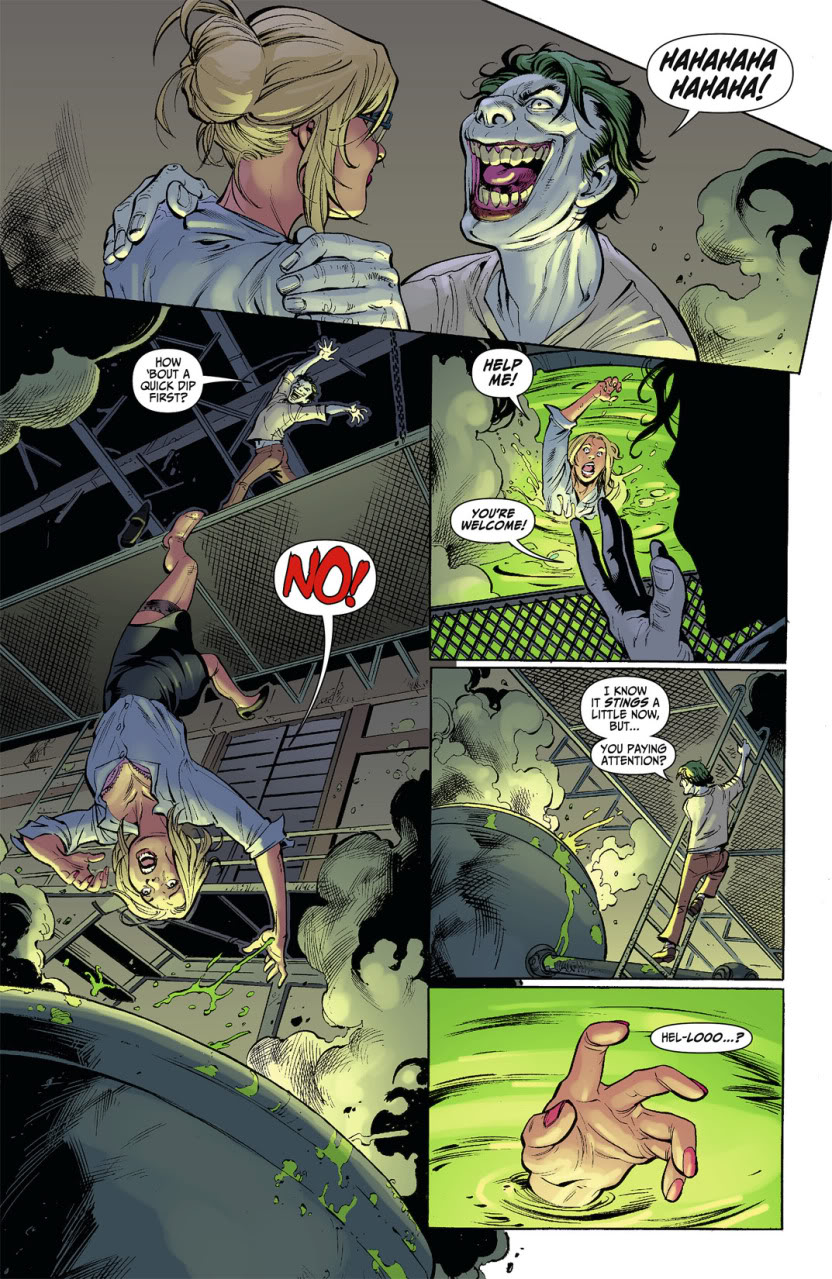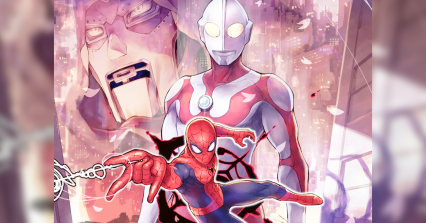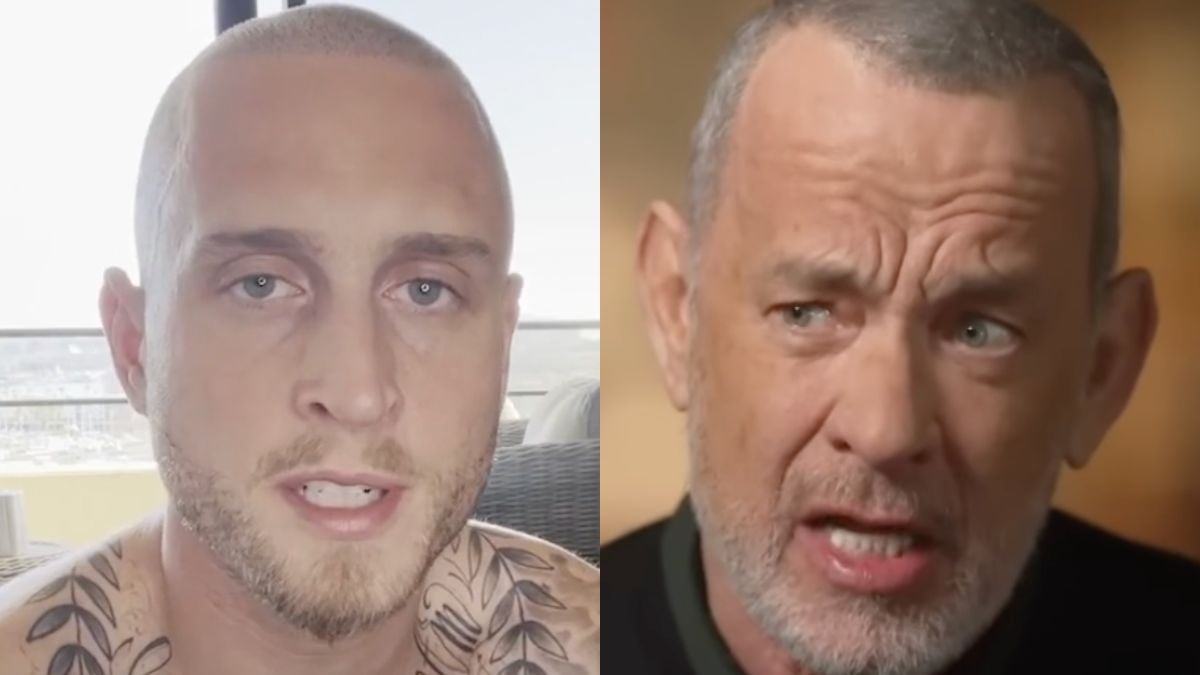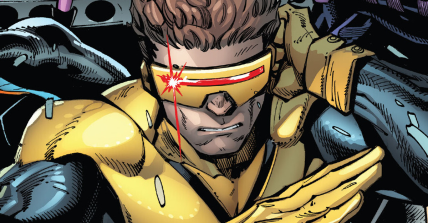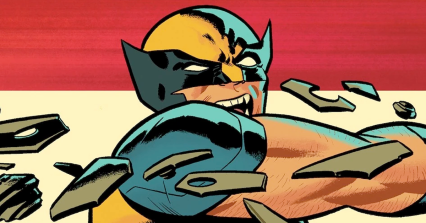Does ‘Suicide Squad’ Fail Harley Quinn?

There are two different origin stories for Harley Quinn, the breakout character from the 1990s Batman: The Animated Series who eventually made her way into comic books.
Both of them begin with Harleen Quinzel, a psychiatrist who was fascinated by the worst criminals in the world. She wanted to get famous by writing a book about the exotic species who dwelled in Arkham Asylum. As first related in the comic Mad Love, and then the 1999 episode of the Batman: The Animated Series of the same name, the Joker sweet-talked Quinzel into falling for him, until she eventually helps him break free. She snaps for good after seeing the Joker’s Batman-inflicted bruises.
When the Joker isn’t around to hurt and use her, Batman: The Animated Series portrays Harley as a drug addict in rehab. She is compelling on her own as long as she is conflicted and yearning for the Joker, yet weirdly charming enough that we want her to break away. She is bad and she loves her “puddin’” but she has lines she won’t cross. She would never agree to his scheme to, oh, nuke Gotham because that would lead to the deaths of her pet hyenas, her friend Poison Ivy, and some of the other residents of Arkham about whom Harley actually cares. She’s a villain with heart, which is what got her into the unenviable position of the Joker’s lackey/punching bag/sweetum in the first place.
Mad Love climaxes in a moment where Batman is in Harley’s clutches, but his cleverness, and the Joker’s sick need for him to keep existing as an enemy saves the Caped Crusader from a vat of hungry piranhas. At the end of the episode, the Joker pushes Harley out a window for daring to rise above her station as second banana. It’s yet another moment of violence inflicted on Harley by her love that does not come off as slapstick or mocking, but deeply tragic. Worse still is how she forgives him once she is back in Arkham, simply because he sends her a rose.This is pathos. Adult pathos.
The second origin story is found in Suicide Squad #7. The Joker manipulates Harley into a crush, but made her his by dropping her in a vat of chemicals. Her clone pancake makeup and harlequin costume were not her twisted choice to emulate his disfigurement and shtick as was seen in Batman: The Animated Series. Now her skin is bleached like his, and it was just the Joker crafting his perfect woman. And, in this New 52 DC world, Harley has gained an additional reason for her madness.
A lot of Harley Quinn’s fans — and she has many, especially women — were frustrated when she morphed from an acrobatic jester/gun moll with a squeaky, Judy Holliday-ish accent to a stereotypical comic hottie. The change first appeared in the Batman: Arkham Asylum game, and then in Suicide Squad #4, and finally in Harley’s own series of books. Harley gained her status as a member in good standing of the DC universe, but she lost a bit of clothing in the process.
Over at Hitfix, writer Donna Dickens has written critically about the forthcoming Suicide Squad movie for it’s surmised following of the New 52 plot. Dickens’ argument is that that Harley — liveaction on the big screen for the first time — is there for the 15-30-year-old boys in the audience, and is there to alienate female fans of Harley.
She may have a point. Costume isn’t everything. Yet, those who appreciate Harley for her cartoon birth may have still done so if she’d arrived in hot pants, but adding them afterwards doesn’t inspire confidence about the complexity of this version of the character.
However, the critique of impractically sexed up costumes is a little different with Harley Quinn. Harley Quinn was always a weird choice for a breakout star from a children’s cartoon (and a weird character to be there at all), but she works where she shouldn’t. Much of this is because the voice acting from Arleen Sorkin — and some of the mannerisms — were what made Harley herself.
Harley always had some sex appeal. In one episode of Batman: The Animated Series she dances and sings a sad song about a bad relationship in order to distract a room full of gangsters (thereby helping Batman!) But even for the Batman: The Animated Series, she was more dressed than Poison Ivy. She was never supposed to be the femme fatale exactly. She’s too goofy for that. Still, can we even complain about the character pandering to male audiences via the beautiful Margot Robbie and her short shorts, when she is a woman whose whole persona is intended to appeal to one — very sick — man?
In the trailer for Suicide Squad, Australian actor Robbie has the ditz voice down, but not the vintage humor that cartoon Harley had. Perhaps it was a wise choice to not bother emulating Sorkin’s distinctive delivery as successive voice actors have, but it feels again like a different character entirely. This invites the question, is sexy roller-derby queen Harley of the New 52 the same person at all? And if not, well, isn’t that the nature of comics a bit? We like to pretend our favorite version of each character is the true version, but even Superman beat up crooks in his early days.
And as other people have pointed out, cartoon Harley doesn’t match with the more frightening comic Joker. She has to become more sadistic, more villainous, and perhaps sexier in order to keep pace with him. The change is inevitable, perhaps, but it leaves many of Harley’s original fans cold.
Really, the New 52 origin changes the dynamic more than any ill-advised costume change. Dickens is right that in the Batman: The Animated Series, Harley made her choice to let go of sanity and to follow a monstrous, abusive man. That fact, and the impossibility of her still remaining a funny, sympathetic, tragic character makes her more frightening and more fascinating than the dangerous ditz in hot pants the Suicide Squad trailer seems to be showing.
This version of Harley Quinn may yet have something to offer. Still, it’s a shame to see her seemingly flattened into a more 2016 Hollywood shape. The noir flavor of her is gone, and though a still more tragic backstory with a murdered father has been grafted on in the comics, the paradox of Harley Quinn is that she was the most deftly and strangely drawn when she resided in a children’s cartoon. The Joker throwing Harley into an acid bath so he could make a plaything is a little more comic book paint-by-numbers. It makes her just a female, sexy Joker. And it makes her someone who was turned bad, instead of someone who made the bewildering choice to give up everything for a villain who doesn’t even seem to like her very much.
More About:Comic Books Comic Culture Movies


